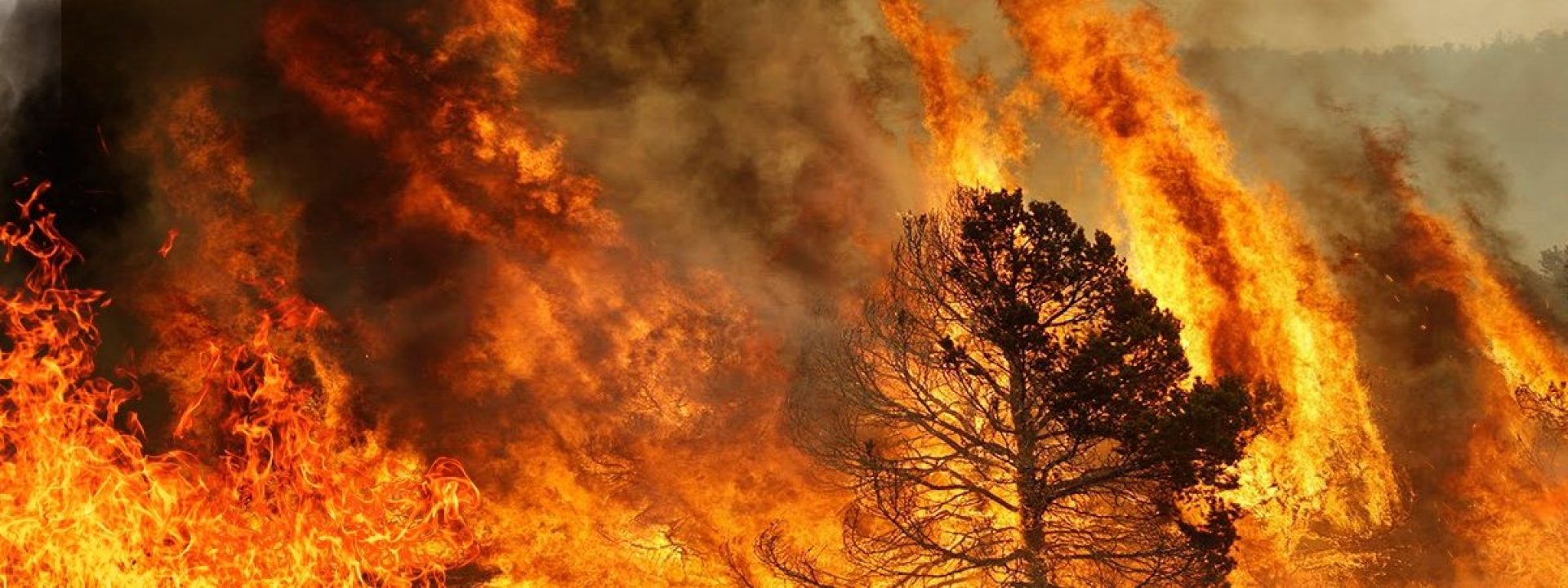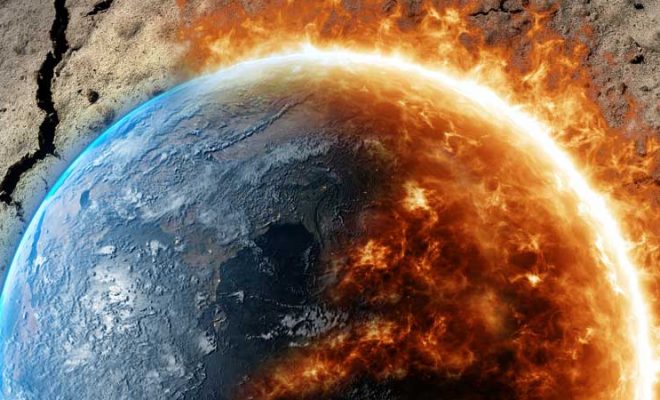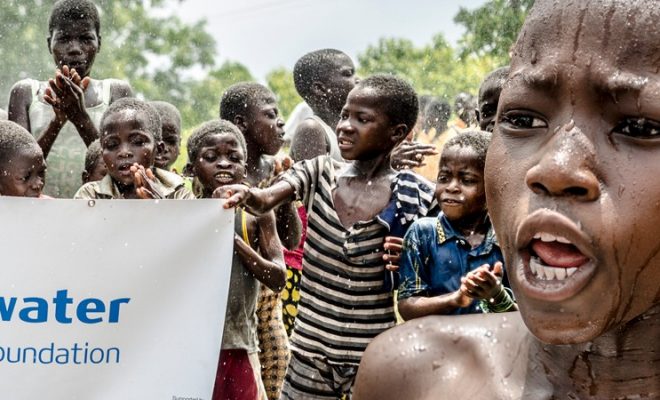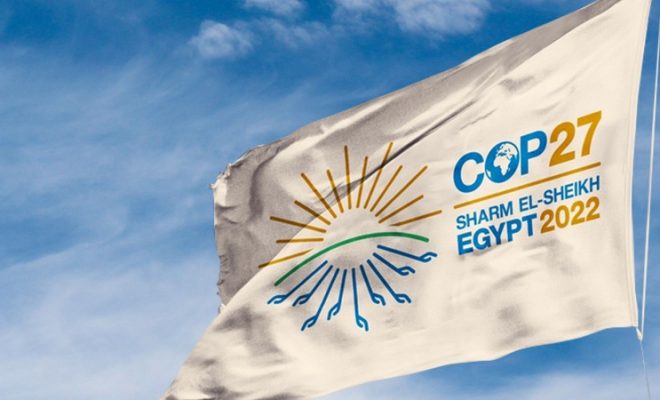
Droughts and floods are the most widely reported phenomena in public opinion. In recent years, heat waves and forest fires have competed in summer —and now also in spring— in prime time on the news, on the front pages of the press, and in trending social media topics. A cocktail of broad media coverage that increasingly worries the population.
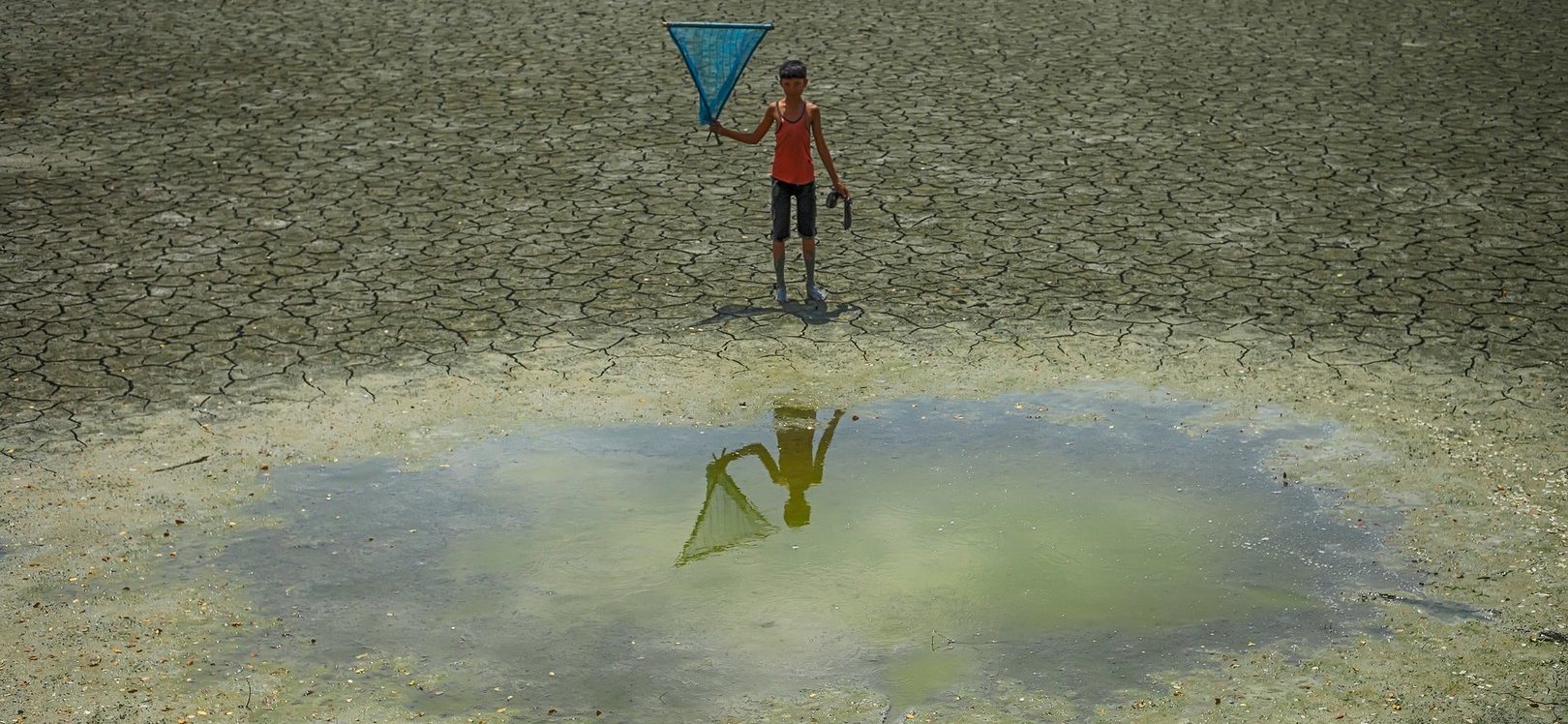
The climate crisis expresses itself through water. Droughts, floods, desertification, melting ice… © Muhammad Amdad Hossain / WMO
Drought and heat are changing the landscape, forests are browning, ice is disappearing from the mountains, cereals are not growing, fruit trees are not blossoming, and restrictions are being announced in some cities. Anyone who has a mini-weather station at home can see how, year after year, the temperature has been rising.
Scientists are constantly sounding the alarm and summarize the situation: we must continue with mitigation efforts, but above all, we must focus on adaptation efforts; water is the main element.
Risk equation factors are constantly changing
According to the World Bank, nine out of ten natural disasters are water-related. Climate change has made the water cycle much less predictable and water availability and quality less reliable, threatening communities and their livelihoods to different extents. Water-related climate risks also spread through food, energy, urban and environmental systems.
This means that the results of the risk equation —Risk = Hazard x Exposure x Vulnerability— managed by the World Bank, governments, and insurance companies, are constantly changing as their factors do.
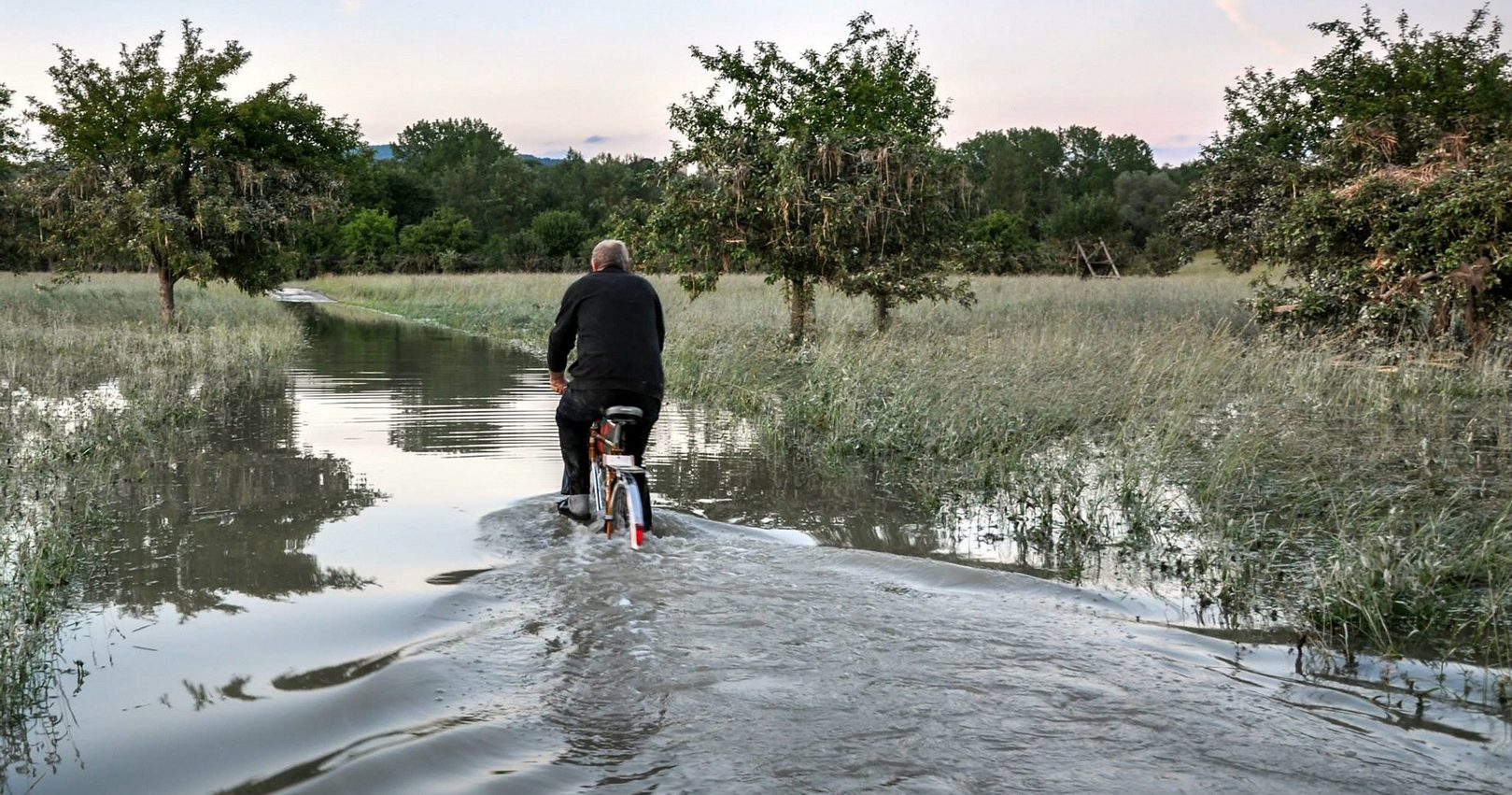
Hazardous situations (droughts, extreme heat waves, floods, etc.) are increasing and becoming less predictable. © Thomas Kirchberger / WMO
Hazardous situations (droughts, extreme heat waves, floods, etc.) are increasing and becoming less predictable. Exposed communities are also more vulnerable. In recent years, extreme heat has risen in latitude; forest fires have reached Canada, Scandinavia, and Russia; floods have reached cities that had never experienced them; and water shortages have become unprecedented in large urban centers.
The vulnerability has also increased. The poorest countries, especially those in Africa and South Asia, are the most affected and continue to be the most fragile in the face of extreme phenomena. This factor has a direct link to poverty: poor water and sanitation facilities, shantytowns and overcrowded slums are factors that increase vulnerability; droughts ruin small family farms, and a drying pond can wipe out livestock in a few days.
At the heart of adaptation
To guide effective adaptation to climate change, the World Bank recommends that efforts reflect the importance of water management in reducing vulnerability and building resilience.
The UN prioritizes expanding integrated water resources management beyond traditional approaches. Reducing greenhouse gas emissions also depends on access to reliable water sources, as all fuel combustion mitigation actions require water to be effective.
Protecting the natural capital of the water cycle requires enhancing the natural infrastructures that shape the ecosystem services provided by healthy watersheds and coastlines, aquifers, and wetlands.
These interventions will require transboundary actions that combine watershed management and natural infrastructure. We need international awareness to develop a spirit of collaboration that goes beyond local interests, a way of approaching strategies that allows the most marginalized groups —especially women – to make decisions and have access to learning in all scientific and technological disciplines.
The world of water shows us that we must study the problems and propose solutions based on a global systemic vision. All human activities are closely interrelated, and isolated sectoral approaches will not provide the necessary effectiveness for adaptation.
Food security is the success of adaptation
Agriculture must become more productive, resource-efficient, and environmentally sustainable to feed the world. In the next 30 years, the world’s population is expected to reach 10 billion, and the food challenge is enormous.
According to FAO, about 3.2 billion people live in agricultural areas that experience high levels of water stress or frequent droughts. An estimated 78% of the world’s poor reside in rural areas and depend mainly on agriculture for their basic income, mostly on small family farms.
Irrigation covers only 20% of total agricultural land use but supports 40% of the world’s food and fodder production and 55% of the value of production. It is responsible for using 70% of the global freshwater withdrawn from rivers, lakes, and aquifers and employs 6% of the world’s electricity.
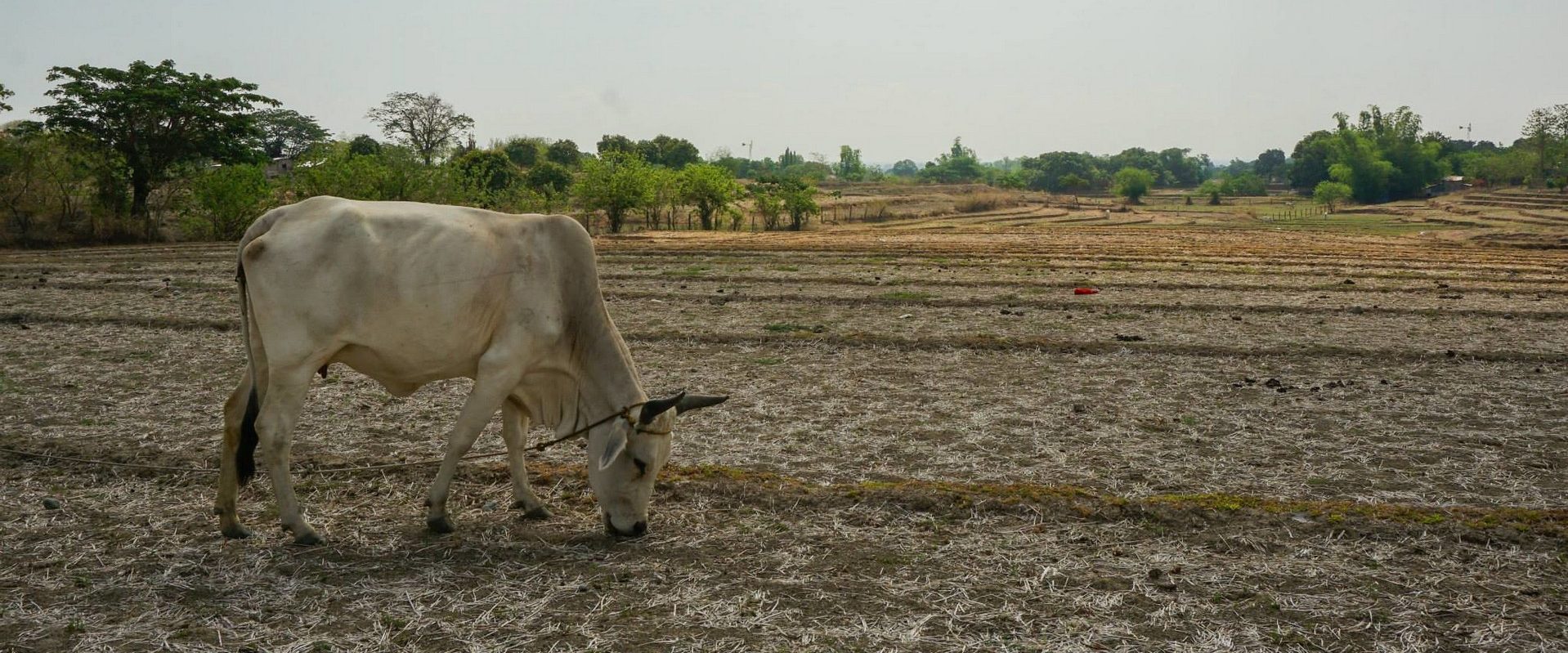
According to FAO, about 3.2 billion people live in agricultural areas that experience high levels of water stress or frequent droughts. © Louis Darrien II. Soriano / WMO
Climate adaptation requires regenerative agriculture to increase sustainable food production with minimum water expenditure. Service provision needs to be improved, and community management capacity built, especially for aquifers, as protecting groundwater is the essential adaptive guarantee. “Smart water” must reach the most neglected areas to improve agricultural production and reduce water loss in irrigation and transport.
The World Bank emphasizes the need to calculate the water footprints of food production and trade. The most accurate mapping of what is produced and where, and the socio-economic values of each area, is needed.
Investing in resilience delivers benefits
Achieving SDG 6 would be a sign that we have succeeded in adapting. According to the World Bank, the investment needed is around US$300 billion, but the benefits to humanity could be $1 trillion if there is intergovernmental action. A new study shows that every dollar spent on resilient water infrastructure saves four dollars in costs.
The climate pressures of recent years, the evidence of the urgency of taking action to mitigate and adapt, and the scientific warnings must serve to mobilize political action toward coordinated international efforts. We will not succeed alone; if we unite, obstacles become opportunities.


